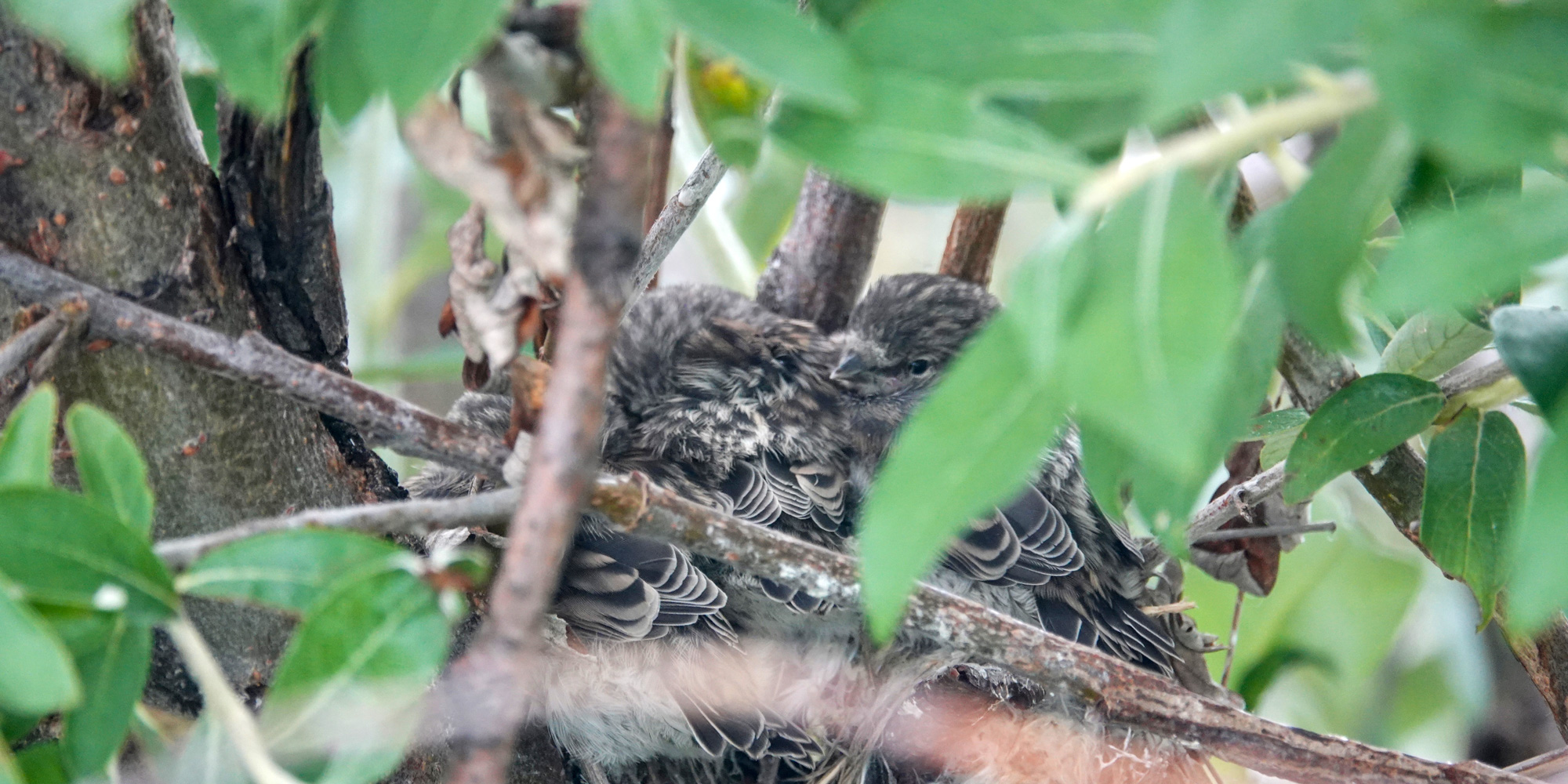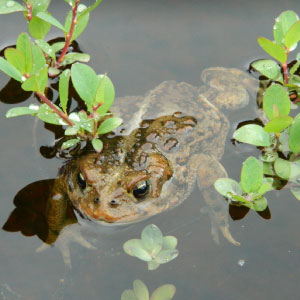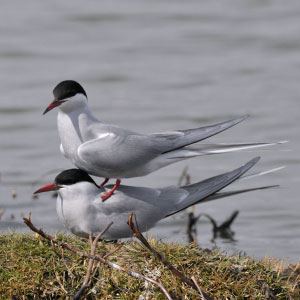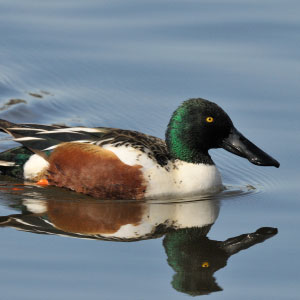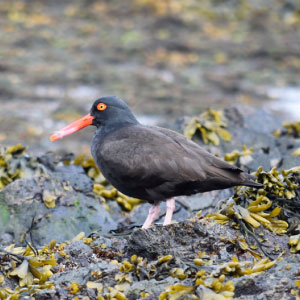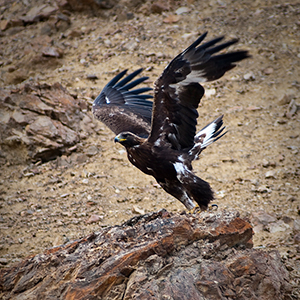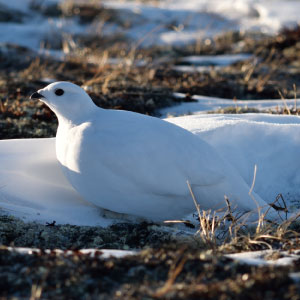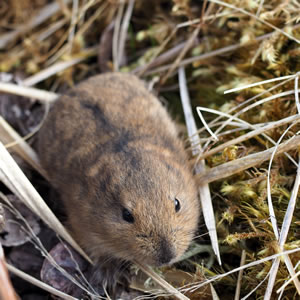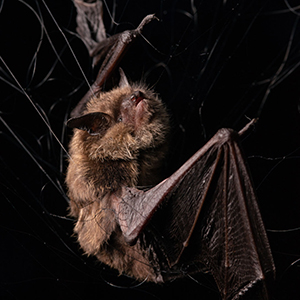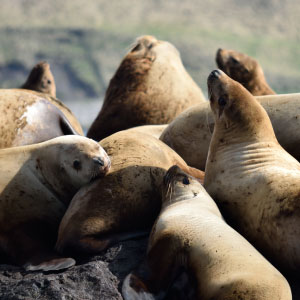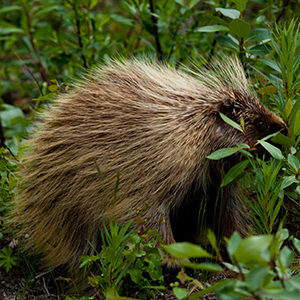The Alaska Species Ranking System (ASRS) is a prioritization tool that assesses the conservation status of native vertebrates in Alaska. It was developed in collaboration with the Alaska Department of Fish and Game’s Threatened, Endangered, and Diversity (TED) Program. The goal of the ASRS is to provide detailed information on the conservation needs of Alaska’s wildlife to help the TED Program and their partners set priorities for wildlife conservation and inform Alaska’s State Wildlife Action Plan (SWAP). The ASRS provides an objective way to rank all native vertebrates through a lens that is specific to Alaska, which helps to identify those that require the most focus in the SWAP. Such taxa are called Species of Greatest Conservation Need (SGCN).
The ASRS was initially developed in the mid-2000s. In 2012, the first version of the ASRS was released. Ranks have been regularly updated since then and there have been changes to the ranking system as well. In 2022, staff at ACCS and ADF&G used updated ranks to assess the conservation status of small mammal species in Alaska. In 2025, the ranking system was revised; the ranks shown here reflect the most recent changes. Please fill out a Data Request Form if you would like a copy of the ASRS assessment for one or more taxa.

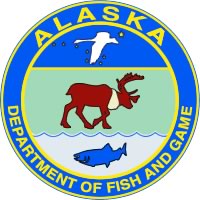
View By Species Group
Search By Species Name
| Common Name | Scientific Name | Color Rank | Numerical Rank | Status Score | Biological Score | % Global Population |
|---|---|---|---|---|---|---|
| Arctic Ground Squirrel | Urocitellus parryii | Yellow | IV | 0 | -40 | 25-74% |
| Arctic Ground Squirrel (plesius) | Urocitellus parryii plesius | Yellow | IV | 0 | -26 | 25-74% |
| Arctic Ground Squirrel, Aleutian | Urocitellus parryii ablusus | Yellow | IV | 0 | -34 | Endemic |
| Arctic Ground Squirrel, Barrow | Urocitellus parryii kennicottii | Yellow | IV | 0 | -32 | 25-74% |
| Arctic Ground Squirrel, Kodiak Island | Urocitellus parryii kodiacensis | Orange | III | 0 | -4 | Endemic |
| Arctic Ground Squirrel, Osgood's | Urocitellus parryii osgoodi | Yellow | IV | 0 | -26 | Endemic |
| Arctic Ground Squirrel, Shumagin Islands | Urocitellus parryii nebulicola | Orange | III | 0 | -4 | Endemic |
| Arctic Ground Squirrel, St. Lawrence Island | Urocitellus parryii lyratus | Orange | III | 0 | 0 | Endemic |
| Barren Ground Shrew | Sorex ugyunak | Yellow | IV | 0 | -32 | 25-74% |
| Bushy-Tailed Woodrat | Neotoma cinerea | Yellow | IV | 0 | -19 | <25% |
| Cinereus Shrew | Sorex cinereus | Yellow | IV | 0 | -42 | <25% |
| Cinereus Shrew (hollisteri) | Sorex cinereus hollisteri | Yellow | IV | 0 | -32 | Endemic |
| Cinereus Shrew (streatori) | Sorex cinereus streatori | Yellow | IV | 0 | -24 | 25-74% |
| Collared Pika | Ochotona collaris | Yellow | IV | 0 | -27 | 25-74% |
| Holarctic Least Shrew | Sorex minutissimus | Yellow | IV | 0 | -36 | <25% |
| Insular Vole | Microtus abbreviatus | Blue | V | -11 | -12 | Endemic |
| Long-Tailed Vole | Microtus longicaudus | Yellow | IV | 0 | -38 | <25% |
| Long-Tailed Vole, (littoralis) | Microtus longicaudus littoralis | Yellow | IV | 0 | -36 | 25-74% |
| Long-Tailed Vole, Coronation Island | Microtus longicaudus coronarius | Orange | III | 0 | 3 | Endemic |
| Meadow Jumping Mouse | Zapus hudsonius | Yellow | IV | 0 | -26 | <25% |
| Meadow Vole | Microtus pennsylvanicus | Yellow | IV | 0 | -44 | <25% |
| Meadow Vole, Admiralty | Microtus pennsylvanicus admiraltiae | Orange | III | 0 | -4 | Endemic |
| Montane Shrew, Northern | Sorex obscurus | Yellow | IV | 0 | -38 | 25-74% |
| Nearctic Collared Lemming | Dicrostonyx groenlandicus | Yellow | IV | 0 | -32 | <25% |
| Neartic Brown Lemming | Lemmus trimucronatus | Yellow | IV | 0 | -42 | 25-74% |
| Neartic Brown Lemming, Nunivak Island | Lemmus trimucronatus harroldi | Red | I | 6 | -1 | Endemic |
| Neartic Brown Lemming, black-footed | Lemmus trimucronatus nigripes | Orange | III | 0 | 17 | Endemic |
| Northern Bog Lemming | Synaptomys borealis | Blue | VI | -5 | -23 | <25% |
| Northern Flying Squirrel | Glaucomys sabrinus | Yellow | IV | 0 | -27 | <25% |
| Northern Flying Squirrel, Prince of Wales | Glaucomys sabrinus griseifrons | Orange | III | 0 | -1 | Endemic |
| Northern Red-Backed Vole | Clethrionomys rutilus | Yellow | IV | 0 | -38 | <25% |
| Northwestern Deermouse | Peromyscus keeni | Yellow | IV | 0 | -36 | 25-74% |
| Pribilof Island Shrew | Sorex pribilofensis | Orange | III | 0 | 14 | Endemic |
| Pygmy Shrew | Sorex hoyi | Yellow | IV | 0 | -38 | <25% |
| Root Vole | Microtus oeconomus | Yellow | IV | 0 | -38 | <25% |
| Root Vole, Montague Island | Microtus oeconomus elymocetes | Red | I | 6 | 5 | Endemic |
| Root Vole, Punuk Island | Microtus oeconomus punukensis | Red | I | 12 | -4 | Endemic |
| Root Vole, Shumagin Island | Microtus oeconomus popofensis | Orange | III | 0 | -1 | Endemic |
| Root Vole, Sitka | Microtus oeconomus sitkensis | Red | I | 6 | -5 | Endemic |
| Root Vole, Unalaska | Microtus oeconomus unalascensis | Yellow | IV | 0 | -28 | Endemic |
| Root Vole, Yakutat | Microtus oeconomus yakutatensis | Orange | III | 0 | 0 | Endemic |
| Singing Vole | Microtus miurus | Yellow | IV | 0 | -32 | 25-74% |
| Southern Red-Backed Vole | Clethrionomys gapperi | Yellow | IV | 0 | -28 | <25% |
| Southern Red-Backed Vole, Gapper's | Clethrionomys gapperi stikinensis | Yellow | IV | 0 | -28.62 | 25-74% |
| Southern Red-Backed Vole, Phaeus | Clethrionomys gapperi phaeus | Yellow | IV | 0 | -24.62 | <25% |
| Southern Red-Backed Vole, Revillagigedo Island | Clethrionomys gapperi solus | Red | I | 6 | 2 | Endemic |
| Southern Red-Backed Vole, Wrangell Island | Clethrionomys gapperi wrangeli | Orange | III | 0 | -16.62 | Endemic |
| St. Lawrence Island Shrew | Sorex jacksoni | Orange | III | 0 | 8 | Endemic |
| Taiga or Yellow-cheeked Vole | Microtus xanthognathus | Yellow | IV | 0 | -38 | <25% |
| Tundra Shrew | Sorex tundrensis | Yellow | IV | 0 | -38 | <25% |
| Western Water Shrew | Sorex navigator | Yellow | IV | 0 | -30 | <25% |
Looking for more?
Range maps are available from the Wildlife Data Portal (compatible with Google Chrome and Microsoft Edge). References cited in the Conservation Reports can be viewed on our online reference library. Can’t find the report you’re looking for? Reach out to us and we’ll do our best to help.
